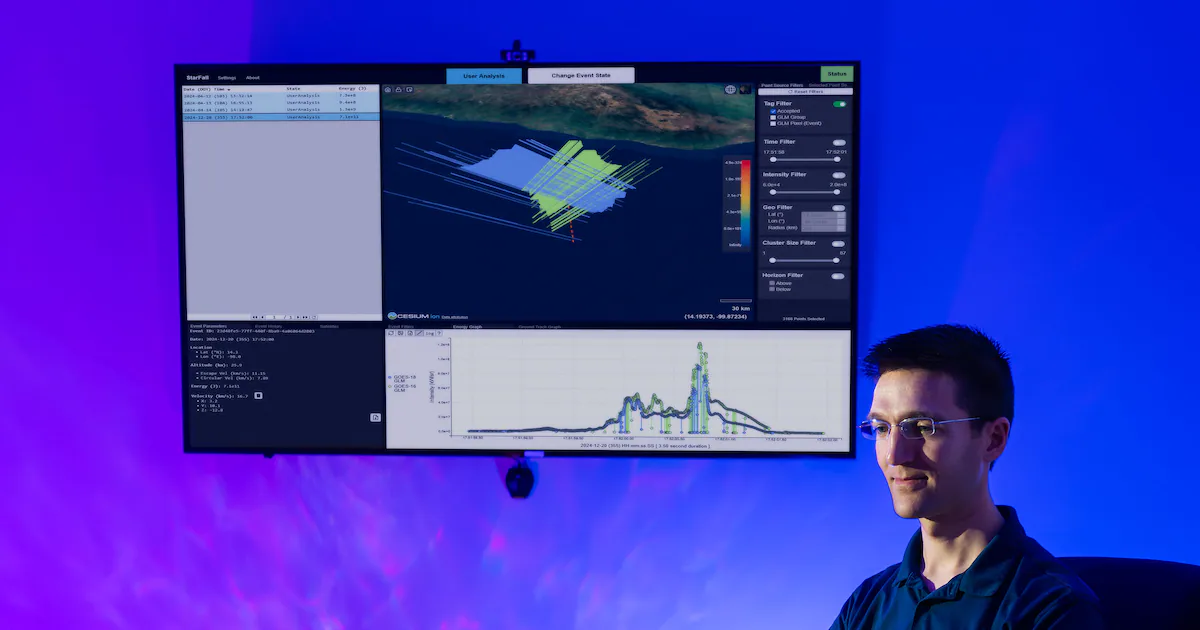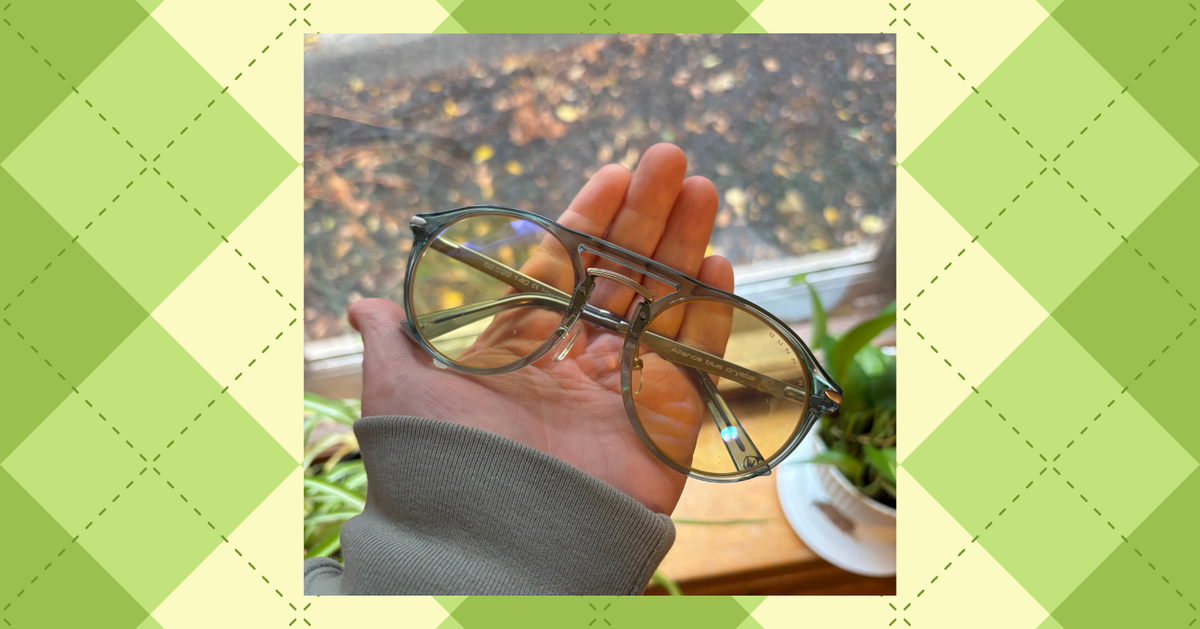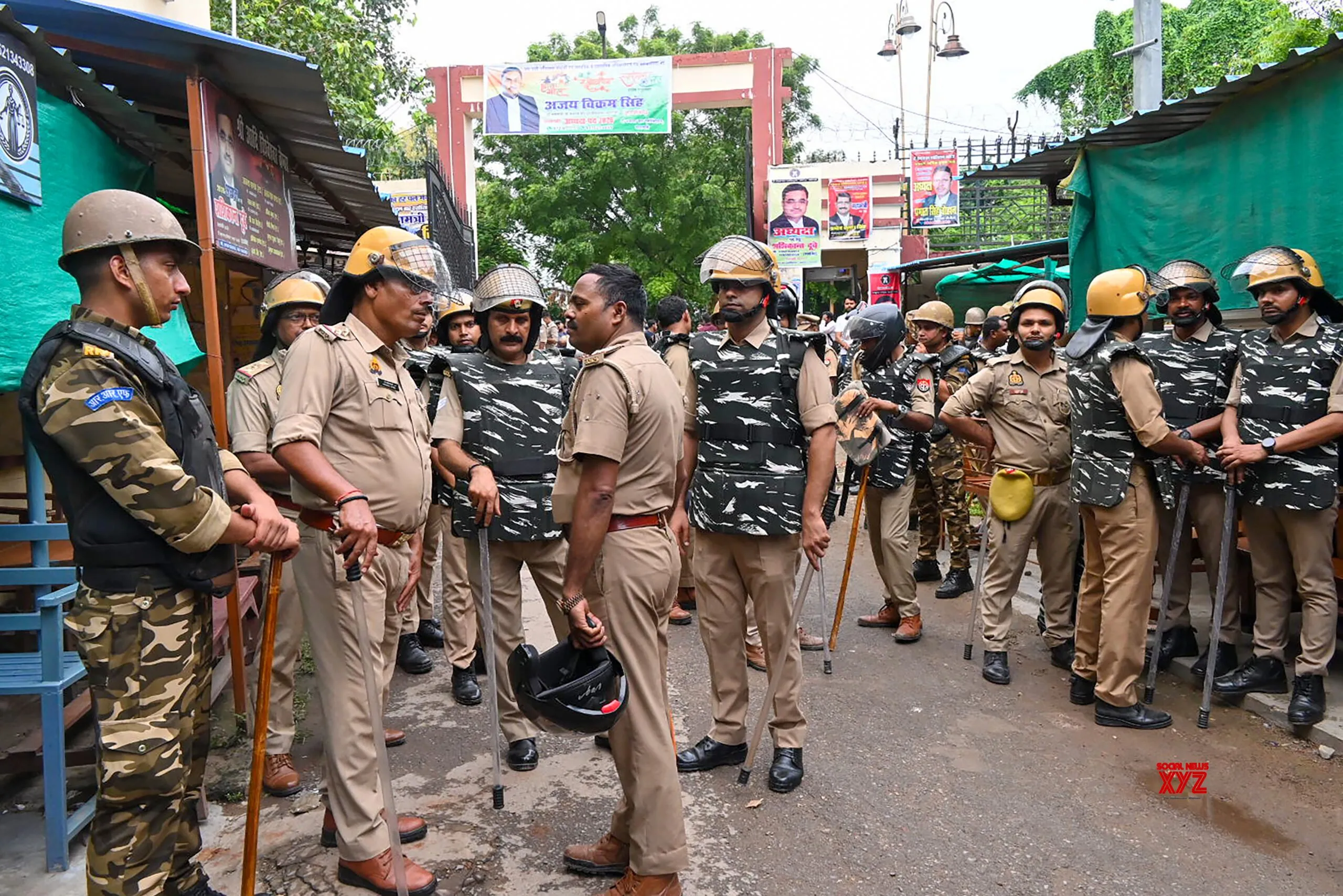
Shortly after first light on Feb. 15, 2013, a meteor blazed across the western Siberian sky before exploding with an estimated blast yield of up to 500 kilotons of TNT — far more powerful than the atomic bombs dropped on Japan during World War II.
Approximately 1,500 people from the Russian city of Chelyabinsk were injured — mostly caused by flying glass.
Meanwhile, thousands of buildings across the region were damaged.
The Chelyabinsk meteor (or bolide) event was a rarity. But folks at Utah State University’s Space Dynamics Laboratory say it’s a reminder of the importance of rapidly detecting, characterizing and issuing notification of so-called “natural Earth impactors.”
To boost detection of potentially dangerous meteors such as the one that exploded over Chelyabinsk, the Space Dynamics Laboratory is sharing its open-source bolide detection software dubbed “StarFall.”
Scientists, astronomy buffs and the public can deploy StarFall to receive alerts and view estimated times, approximate locations and total energy releases for bolide entries, announced Space Dynamics Laboratory.
A brief “Meteors/Shooting Stars/Bolides 101” lesson from Space Dynamics Laboratory: Meteors that reach a minimum apparent magnitude of -4 — at least as bright as Venus, the brightest planet in the night sky — and explode in the atmosphere are known as potentially-dangerous “bolides.”
Eric McKinney, a Space Dynamics Lab algorithm engineer and a StarFall developer, told the Deseret News that the software is widely accessible. No need for a supercomputer.
“Anyone can pull it down from its GitHub location and stand it up on their own personal computer,” said McKinney. “It doesn’t take a tremendous amount of compute power. Most basic laptops can run the software.”
The software does have some dependencies required for download — including Docker CE and a Firefox web browser.
Quickly detecting potentially dangerous meteors
Fortunately, meteors that present terrestrial damage like the one that exploded over Chelyabinsk in 2013 are rarities, said McKinney.
“However, being able to detect these in real time is advantageous — not only for the United States, but for other nations — because some of these meteors release enough energy that they can be equivalent to nuclear detonations in the upper atmosphere.”
Being able to detect such meteors quickly — and appropriately attribute them to natural earth impactors — is essential.
“Not only for the scientific community and for public interest, but also for political deescalation purposes,” said McKinney.
So how does StarFall work?
In 2019, scientists reportedly discovered that data captured by the National Oceanic and Atmospheric Administration’s Geostationary Lightning Mapper instrument onboard the Geostationary Operational Environmental Satellites could be processed to detect bolides.
With support from NASA’s Planetary Defense Coordination Office, SDL created StarFall.
According to SDL, StarFall ingests GLM data and applies anomaly detection algorithms to distinguish between bolide events and the many lightning detections GLM was originally designed to characterize.
The GLM sensor takes 500 images of Earth every second, and StarFall analyzes the meteors’ light curves, or changes in brightness over time, as they pass through the atmosphere.
McKinney is quick to salute the team of Space Dynamic Lab engineers who worked together to develop StarFall.
“We’re thrilled to be able to release it to the broader scientific community in the hopes that others will pick it up and contribute, and that it will live on and see other uses,” he said.
SDL and Utah State University: “We’re all Aggies”
Headquartered on USU’s Innovation Campus in North Logan, the Space Dynamics Laboratory is an independent nonprofit corporation owned by USU.
“We’re all Aggies. … We’re part of Utah State University,” said Space Dynamics Laboratory spokesperson Eric Warren.
Space Dynamics Lab’s mission? Solve technical challenges faced by the military, science community and industry, while supporting “NASA’s vision to explore the secrets of the universe for the benefit of all.”
A sizable percentage of Space Dynamics Laboratory employees — which includes engineers, scientists, technicians and business professionals — are USU students.
Warren said USU student-employees at the laboratory enjoy opportunities to utilize what they are learning in the campus classroom and put it to work on real missions. “So when they graduate, they’ve got some incredible skills and they are highly marketable.
“It’s just a phenomenal opportunity for students.”
Space Dynamics Laboratory job opportunities for USU students, added Warren, are not limited to STEM majors or graduate students.
“We might have a photography student or a graphic art student to help support these missions — or, say, accounting students or writing students to help with proposals.
“So while the majority of student-employees come from an engineering background, we have students from virtually every college on campus.”
The lab has a field office in Ogden — and additional offices in Albuquerque, New Mexico; Chantilly, Virginia; Huntsville, Alabama; and Stafford, Virginia. It is one of 15 Department of Defense University Affiliated Research Centers.



